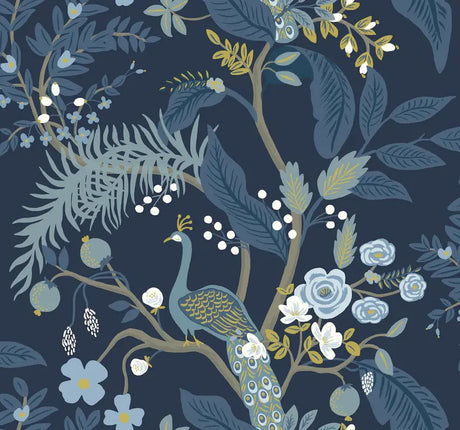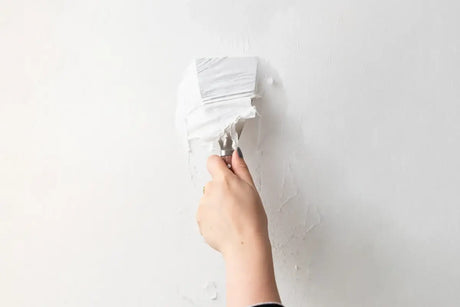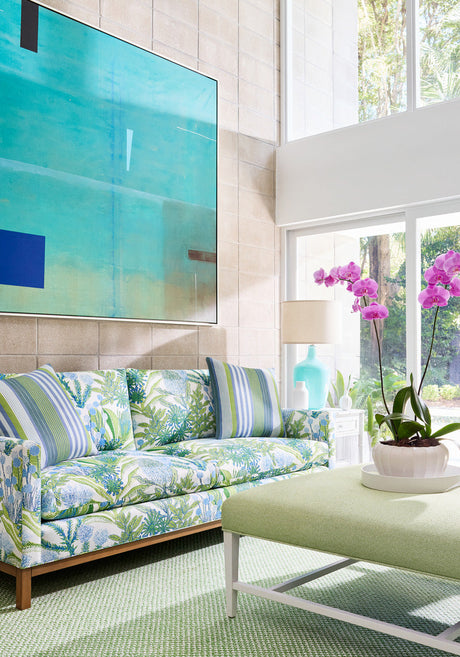
Why Wallpaper Beats Paint Every Time
By Taylor Black
Fourth-gen wallpaper pro says paint’s lame - here’s why

By Taylor Black
Fourth-gen wallpaper pro says paint’s lame - here’s why

By Taylor Black
Struggling to peel off old wallpaper without ruining your walls? I’ve got you covered with pro tips from 85 years of Eades Wallpaper know-how. Learn the easy way to remove...
Read more
By Taylor Black
Hey, I’m Taylor from Eade's Wallpaper. Here’s the scoop on Thibaut’s latest—bold geometrics, real textures, and more from our 85-year-old family shop!
Read more
By Taylor Black
Hey, I’m Taylor from Eade's Wallpaper—fourth generation here. Check out my 7 tips for picking wallpaper, from nailing the room’s vibe to deciding DIY or pro. Stuff I’ve learned from...
Read more